One is related to your urinary system, while the other is related to your digestive system

They’re usually just a few millimeters in size, but they can be oh-so-painful.
Advertisement
Cleveland Clinic is a non-profit academic medical center. Advertising on our site helps support our mission. We do not endorse non-Cleveland Clinic products or services. Policy
We’re talking about stones — gallbladder stones (or gallstones) and kidney stones, that is. They form in different systems of your body, but they’re similar in many ways.
For example, both gallstones and kidney stones are common and can exist inside your body without any issues. They won’t cause pain or require treatment unless they move or get big enough to block the regular flow of fluids in their respective bodily systems.
Get to know the difference between gallbladder and kidney stones with help from gastroenterologist Michael Kirsch, MD, and urologist Sri Sivalingam, MD.
Your kidneys are the two bean-shaped organs, which are part of your urinary system that filters your blood. They remove waste from your body in the form of urine (pee), and they help balance your body’s fluids and electrolytes.
Your gallbladder, on the other hand, is part of your digestive system. It stores bile, which is used to break down fats in your digestive system. It’s located in the upper right part of your abdomen, sitting just underneath your liver.
Gallstones (gallbladder stones) develop in your digestive tract and can be as small as a grain of sand or as large as a golf ball. Gallstones can cause a blockage in your gallbladder or bile ducts. A diet high in fat or cholesterol can contribute to the development of gallstones.
Advertisement
Kidney stones develop in your urinary tract and can be as small as a grain of sand but can grow to several inches in diameter. Kidney stones move through your urinary tract into your ureter and block the flow of urine. A diet high in sodium, oxalates or animal protein can contribute to the development of kidney stones. An insufficient intake of fluids or calcium can also lead to the formation of kidney stones.
If you have gallstones, you may experience the following symptoms:
Gallstones cause pain in your mid-upper abdomen that may radiate to your back or under your right shoulder.
If you have kidney stones, you may experience the following symptoms:
Kidney stones cause sharp pain in your lower back or side of your body, which may radiate to your lower abdomen and groin.
Most people who have gallstones may not need any treatment if they’re not having symptoms.
But if you’re having problems with your gallstones, your doctor may recommend having your gallbladder removed. This is typically done laparoscopically and is considered a routine surgery.
If you have kidney stones, the size of the stone typically dictates the treatment. If your stone is 10 millimeters or less, it may pass on its own. Medication can help decrease any pain, ease any nausea or vomiting, and relax your ureter, which may help the stone pass.
There are several minimally invasive surgical options available, like:
Gallstones are most common in middle-aged adults.
There’s an increased risk for:
To reduce your risk of getting gallstones, you want to focus on how much cholesterol you consume. Here are a few ways you can do this:
Kidney stones are the most common in middle-aged adults.
There’s an increased risk for:
Advertisement
To decrease your chances of getting kidney stones, follow these tips.
It can be hard to determine what may be causing you abdominal pain and if you should seek treatment.
While the pain from a gallstone is typically in your upper right quadrant of your abdomen, it may feel like the pain is coming from your back or right shoulder. If you’re experiencing nausea and vomiting, it’s time to see your doctor.
As for kidney stones, you may feel flank pain and think you have back issues. If you think you have a kidney stone, you should see a doctor, who will perform tests to figure out where the stone is located and how big it is.
Bottom line? If you’re having abdominal pain — be it kidney or gallbladder — don’t hesitate to reach out to a healthcare provider.
Advertisement
Learn more about our editorial process.
Advertisement
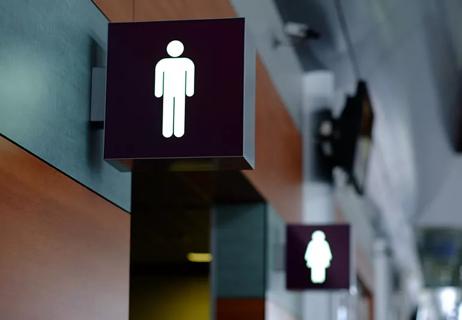
An overactive bladder, UTI, kidney stones or an enlarged prostate can affect how you urinate

Make these lifestyle changes to help prevent kidney stones
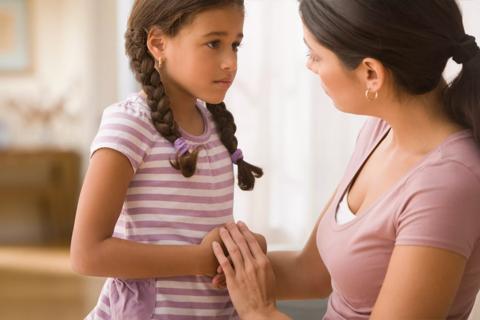
Why kidney stones in kids are on the rise (and what to watch for)

Here’s how to tell if you’re experiencing a kidney stone
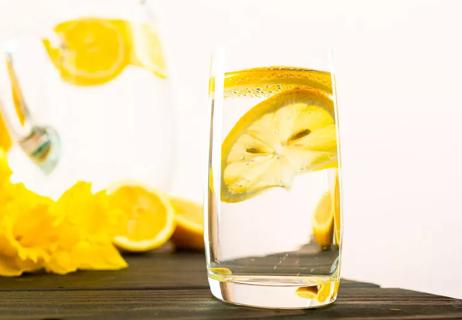
Say goodbye to kidney stone pain with these 7 expert diet tips
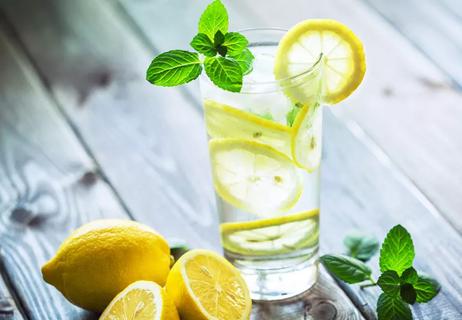
An expert explains a complicated relationship
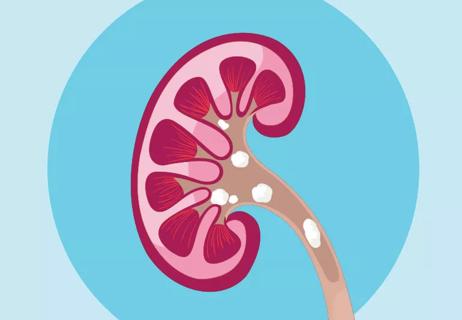
With warmer temps and increased physical activity, winter stones can begin to travel

Type 2 diabetes isn’t inevitable with these dietary changes

Applying a hot or cold compress can help with pain